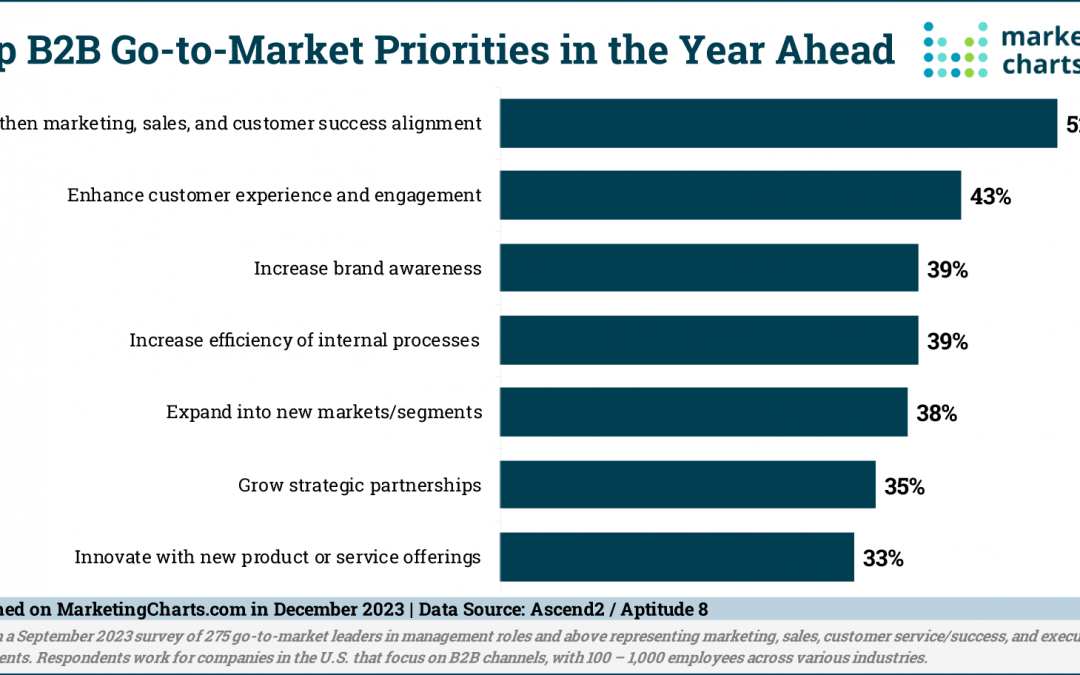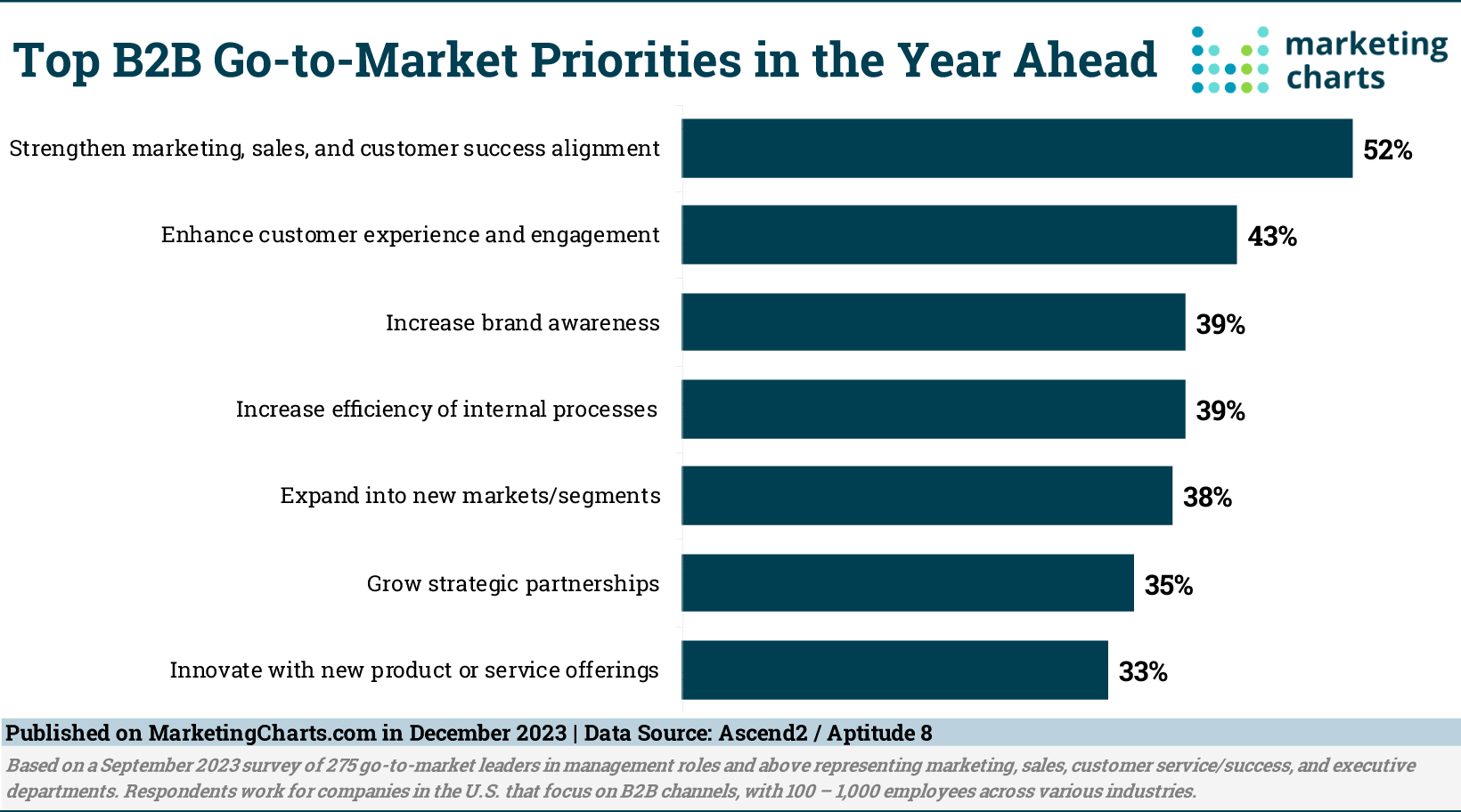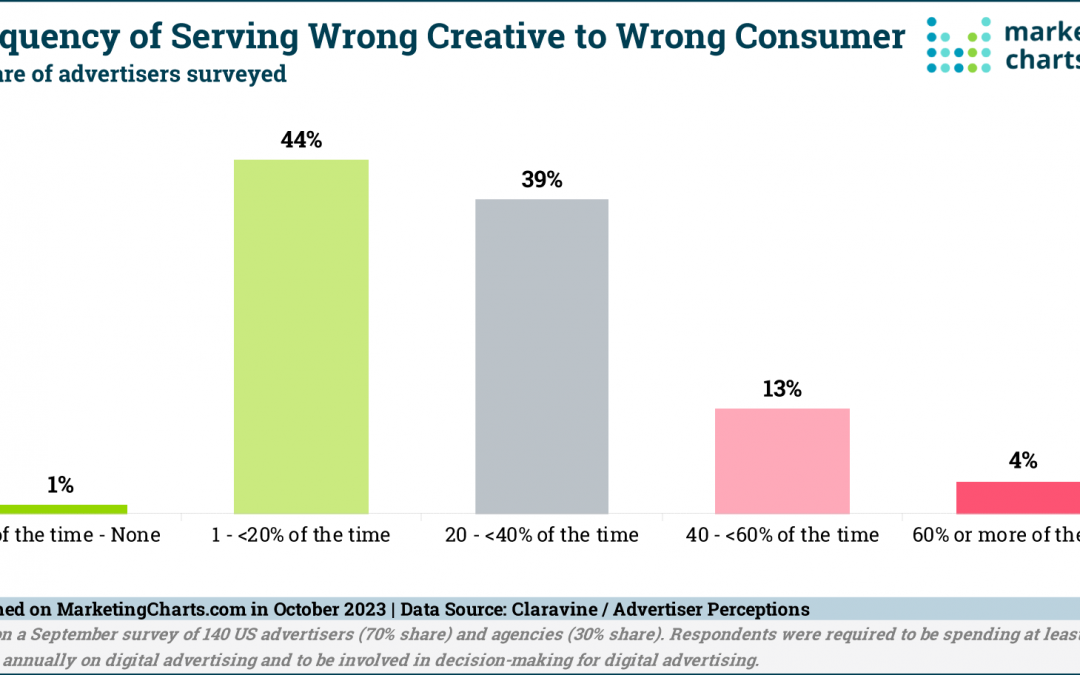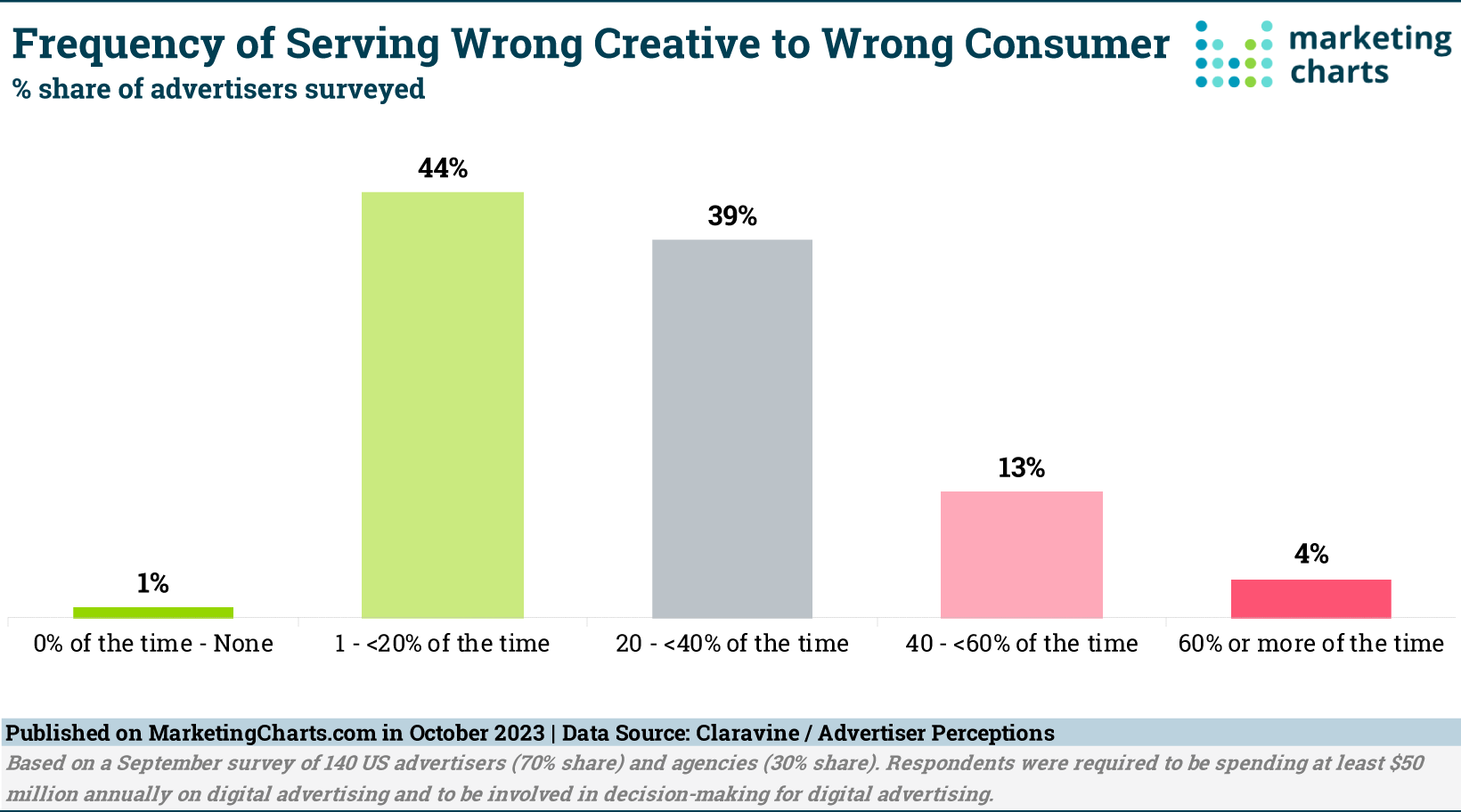
Getting Your Business Priorities Aligned
What kind of disconnect in your business model do you need to fix this year?
4 years ago with the Covid-19 Pandemic shutdowns, there was a whole heck of a lot of disruptions as we were exploring the great unknown about a virus that we were told could wipe out a significant percent of our population.
Earlier this month I was at a conference and was reminded of some facts that I’d forgotten from history that occured around a hundred years ago. Between the Spanish flu and World War One, we lost 10% of our population or more depending on the geographic parameters you look at. In 2020, our governments and those around the world were looking to prevent a similar catastrophe and as a result we had a combination of business and supply chain shut downs along with increased adoption of emerging tech.
For example, the work from home business model that some companies used on a limited basis soon became mainstream with a lot of organizations. Video meetings and platforms like Microsoft Teams and Zoom existed before 2020, but now everyone knows about them.
The use of apps to order food exploded and the adoption of many businesses to still provide products and services with less people pushed emerging tech to faster adoption than if we had not had the Covid Crisis.
I’m not talking about politics, I’m referring to reality which we can see with hindsight.
With the aging of the biggest population demographic, the Baby Boomers, and their retirement rates effectively reducing the working population before the pandemic (10,000 are turning 65 every day) we already had a growing labor shortage in many fields such as trucking and healthcare. The Covid Crisis, while not as bad as 100 years ago, percentage wise, impacted us in this manner too.
Organization improvement by necessity is what kept most of the pre-pandemic businesses alive today while others never recovered.
There’s still more to do.
MarketingCharts.com released a study of Business to Business priorities that are equally important in the Business to Consumer world too.
The top priority for B2B go-to-market (GTM) teams in the year ahead is to strengthen marketing, sales, and customer success alignment according to the report.
I’ve seen this too many times in businesses and non-profits that there are too many silos. Or to use a term my parents used, “the left hand doesn’t know what the right hand is doing.”
When I’m working with business owners and we launch an ad campaign, too many don’t tell or share with their teams what we are doing except for some very vague mention like, “we’re going to run some ads to increase sales.”
What is really needed is that everyone in the organization is made aware of just what is going on to promote your business. From the person that answers the phone, to the front line customer service and tech people, even those mostly behind the scenes need to know what you are doing, what the details are, and why. When you invest in promoting your business, make sure you have everyone in your organization, “in-the-know.”

When you do this, then most of the other priorities on this list can happen. That includes:
- Enhance Customer Experience and Engagement
- Increase Brand Awareness
- Increase Internal Process Efficiency
Which can set the stage for the last three on the list pertaining to growth and expansion.
How are you posed to improve and grow this year? If you are in the area of Fort Wayne, Indiana, contact me and I can help you and your team begin the process outlined here.





